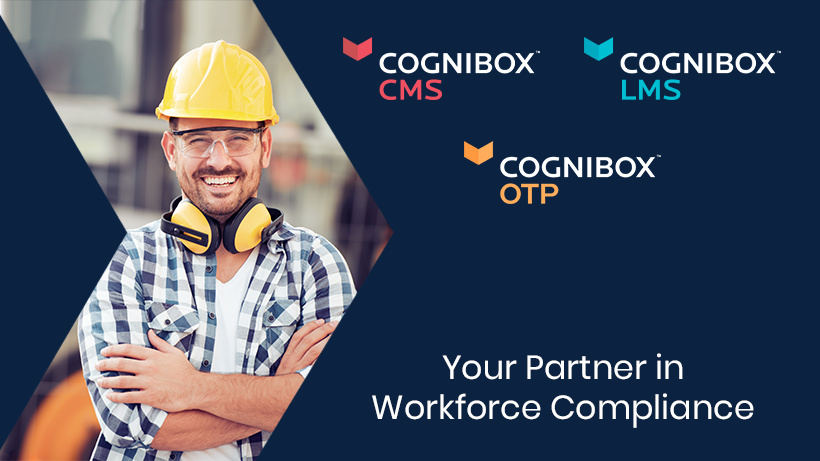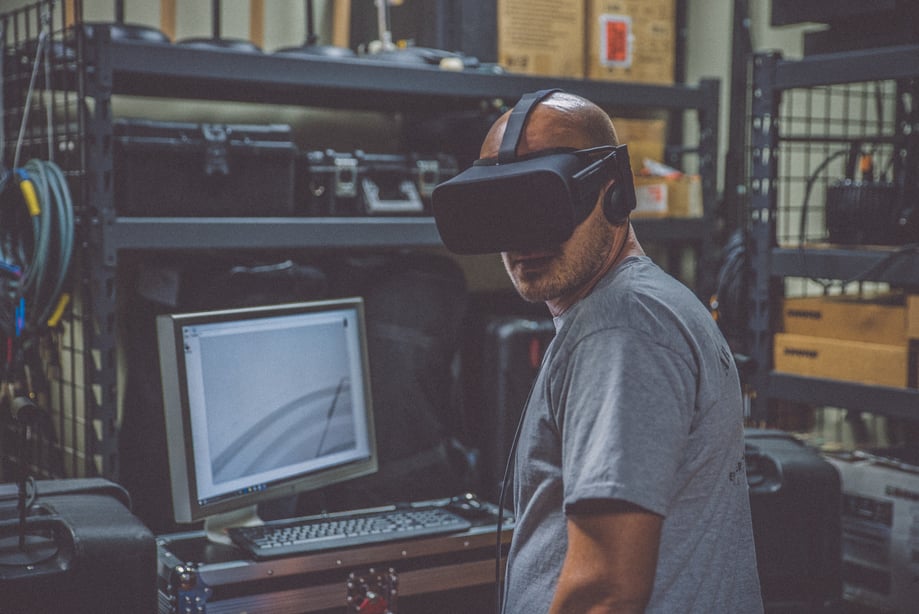A new year has begun and, with it, a new set of trends affecting the workplace. Here are three such trends that we will be paying attention to as the year begins.
1. The Impact of Recreational Cannabis
The recent legalization of recreational cannabis makes the workplace more hazardous. Many workplaces may have prepared for legalization by creating new policies and procedures, but there is still much to be worked out as we get used to this new normal. We are still learning the tangible impact legalization will have on our lives as employers, human resources, and recruitment professionals.
Since cannabis can impair faculties, its consumption at work is a safety risk to workers, and we therefore need to continue to educate workers on the risks associated with drug consumption and its impact on safe work performance.
As sensitive as the issue of substance abuse may be, keeping workers safe rises above everything else. Organizations can supplement controls and policies related to drugs and alcohol with a more personal and humanized approach to health and safety. This can be especially valuable when substance abuse may be symptomatic of psychological stress.
Remember that workers are people and could be under stress from personal issues that may cause them to take their mind off the task at work. It is important to personalize health and safety and help workers see the value of performance indicators, policies, and procedures and, ultimately, keep them safe.
2. A Generational Transfer
Companies across all sectors are beginning to experience major personnel changes as baby boomers retire and millennials enter the workforce to replace them. As an example, by 2023, Canada’s mining industry will need to hire 146,000 workers; 67,000 of these will replace those who are retiring. Some job sites are already seeing 10-15 workers a month retire.
Read also: Mining for Millenials: How to adapt your business for millenials
Succession planning
As older, experienced workers retire, preparing younger employees through knowledge transfer will become key. Many sectors will experience a growing skills gap in the coming months, including the loss of experienced workers who provide leadership and mentorship to younger employees. On average, retiring workers will have 37 years of experience, a gap that cannot be filled by education alone.
Managing the inevitable loss of experienced workers requires sound succession planning, which will be integral in mitigating the risk of the erosion of workplace safety practices. To prevent this, it is important to hire the best talent available early on and retain them for the long-term as well as to implement occupational health and safety systems and ensure new workers are onboarded thoroughly.
3. The Continued Shift Toward a Digital Workplace
Possibly as a result of more millennials entering the workforce, we will also continue to see a shift toward the digital workplace. Millennials are fully accustomed to digitization, making integrating technology into health and safety much easier and more efficient.
Technology on a day-to-day basis
For example, shifting to a software application to approve and process requests to work in a confined space can make the process easier and more reliable. A request is typically forwarded to a health and safety manager for approval, without which a worker is prevented from entering the confined space.
Another way companies are making the shift more toward a digital workplace is by moving away from paper policies. Instead, workers are given access to digital copies. In addition to the ease of a centralized system, moving toward a digital policy system improves the likelihood that workers will read them, making workers better informed and therefore more well-equipped to complete their work in a safe manner.
Similarly, a digital pre-qualification tool can help streamline processes and reduce workplace accidents. Prequalification ensures that your workers have their required safety records, project experience, systems and protocols to carry out their work, and a digital tool keeps all this information together in a central, easy to access place.
These are three trends we see now, but the world is ever-changing and new trends will continue to surface as the year goes on. It is always advantageous to keep abreast of workplace trends and how they might affect your organization and your workers.





